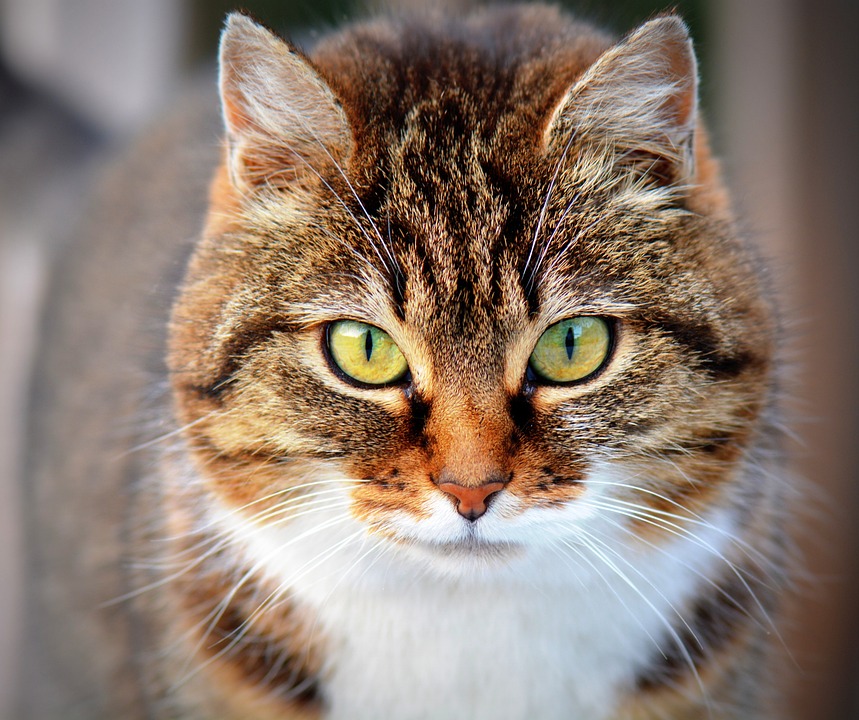Claw trimming is an essential part of cat grooming and can help prevent damage to your furniture and other household items. It also reduces the risk of painful claw-related injuries for your feline friend. In this comprehensive guide, we will walk you through the necessary techniques and best practices for effective claw trimming.
Why is Claw Trimming Important for Cats?
Cats’ claws serve various purposes, including hunting, climbing, and self-defense. However, for indoor cats, their claws can become a nuisance. Here are a few reasons why claw trimming is crucial:
1. Prevent Damage: Regularly trimming your cat’s claws helps avoid scratches on furniture, carpets, and other household items, saving you from unnecessary expenses.
2. Avoid Injuries: Overgrown claws can curl and embed themselves in your cat’s paw pads, leading to pain, infection, and mobility issues.
3. Promote Comfort: Trimming your cat’s claws ensures their feet remain comfortable, allowing them to walk and run without discomfort.
Essential Tools for Claw Trimming
Before you begin trimming your cat’s claws, it’s important to have the right tools on hand. Here’s what you need:
1. Claw Clippers: Choose high-quality, cat-specific claw clippers that are sharp, clean, and appropriate for your cat’s size. Avoid using human nail clippers or dull blades that can cause discomfort or damage.
2. Styptic Powder or Gel: In case you accidentally trim the claw too short and it bleeds, styptic powder or gel helps stop the bleeding quickly.
3. Treats and Positive Reinforcement: Prepare some tasty treats and positive reinforcement items to reward your cat for their cooperation during the claw trimming process.
Step-by-Step Claw Trimming Techniques
Now, let’s proceed with the step-by-step process of trimming your cat’s claws safely and efficiently:
1. Introduce the Clippers: Familiarize your cat with the clippers by allowing them to sniff and investigate them. Reward their curiosity with treats and praise.
2. Choose the Right Time: Pick a quiet and calm environment where your cat feels comfortable. Ensure both you and your cat are relaxed before starting the trimming process.
3. Gently Handle the Paws: Gently hold your cat’s paw and apply slight pressure to extend the claws. Be cautious not to squeeze too hard or startle your cat.
4. Identify the Claws: Cats have retractable claws, so locating them might be a little tricky. Look for the translucent area (quick) within the claw – this is where you should avoid cutting to prevent bleeding and pain.
5. Trim the Tips: Trim only the sharp tips of the claws, being mindful not to cut into the quick. Gradually trim each claw, rewarding your cat with treats and praise after each successful trim.
6. Take Breaks if Needed: If your cat becomes anxious or agitated, take a break and resume the trimming process later. Forcing the process may lead to a negative experience for both you and your feline friend.
FAQs About Claw Trimming
Here are some frequently asked questions regarding claw trimming techniques for cats:
Q1: How often should I trim my cat’s claws?
It depends on various factors such as your cat’s activity level and environment. On average, trimming every 2-4 weeks is recommended. However, some cats may require more frequent trimming, while others may naturally wear down their claws and need less frequent trims.
Q2: What should I do if I accidentally cut into the quick?
If you accidentally cut into the quick and your cat’s claw starts bleeding, remain calm. Apply styptic powder or gel to the bleeding area to stop the bleeding. If the bleeding persists or worsens, consult your veterinarian.
Q3: My cat refuses to cooperate during claw trimming. What can I do?
Patience and positive reinforcement are crucial. Gradually introduce your cat to the process, rewarding them with treats and praise. If your cat continues to resist, consult a professional groomer or veterinarian for assistance.
Remember, if you are uncomfortable trimming your cat’s claws or unsure about the process, seek guidance from a professional groomer or veterinarian to ensure your cat’s safety and well-being.
By mastering the art of claw trimming, you can provide your beloved feline companion with a comfortable and scratch-free life. Happy trimming!
Disclaimer: This article is for informational purposes only and should not substitute professional veterinary advice. Always consult with a qualified veterinarian for specific concerns or issues related to your cat’s health and well-being.








